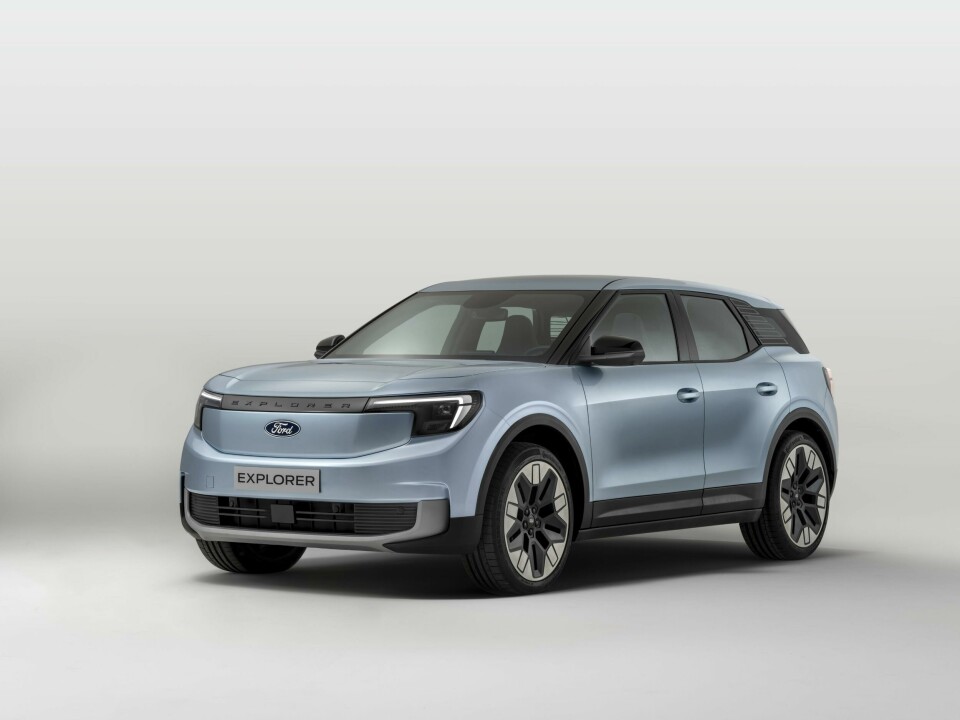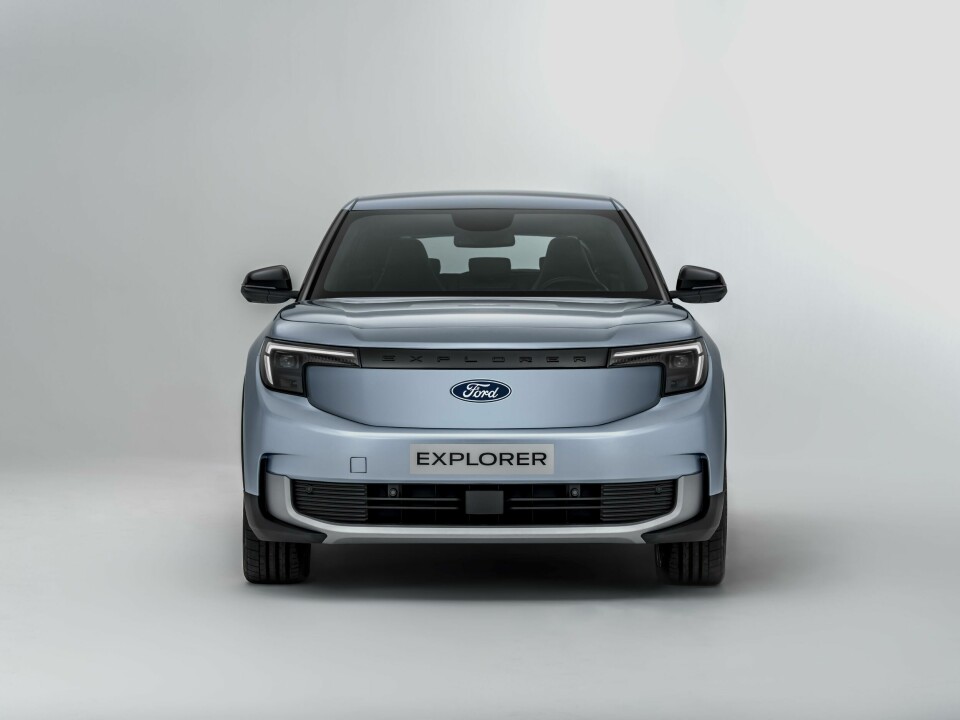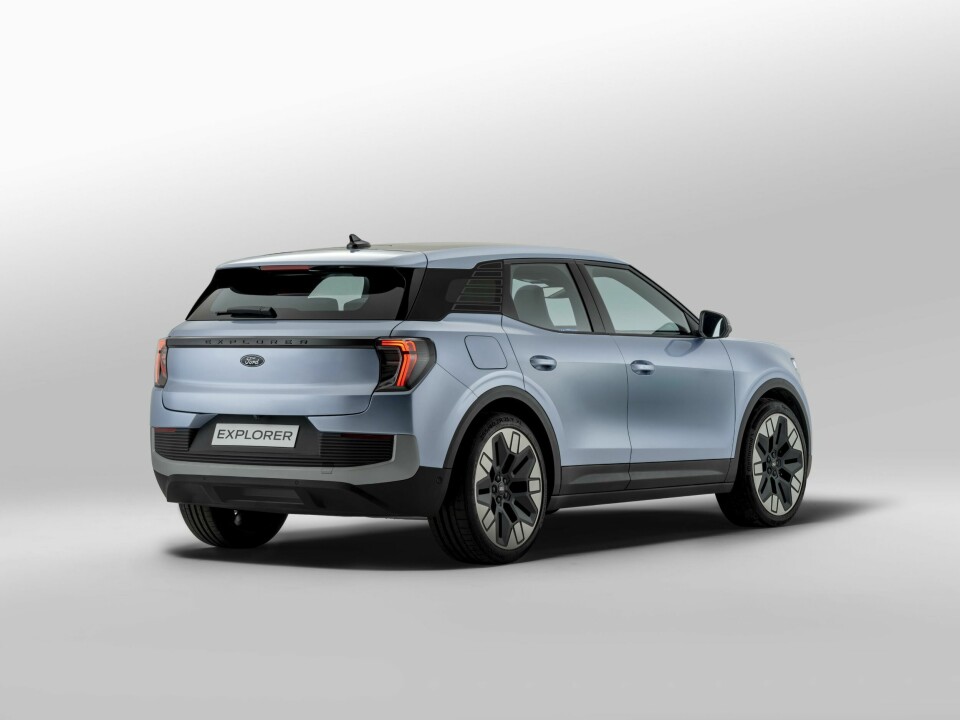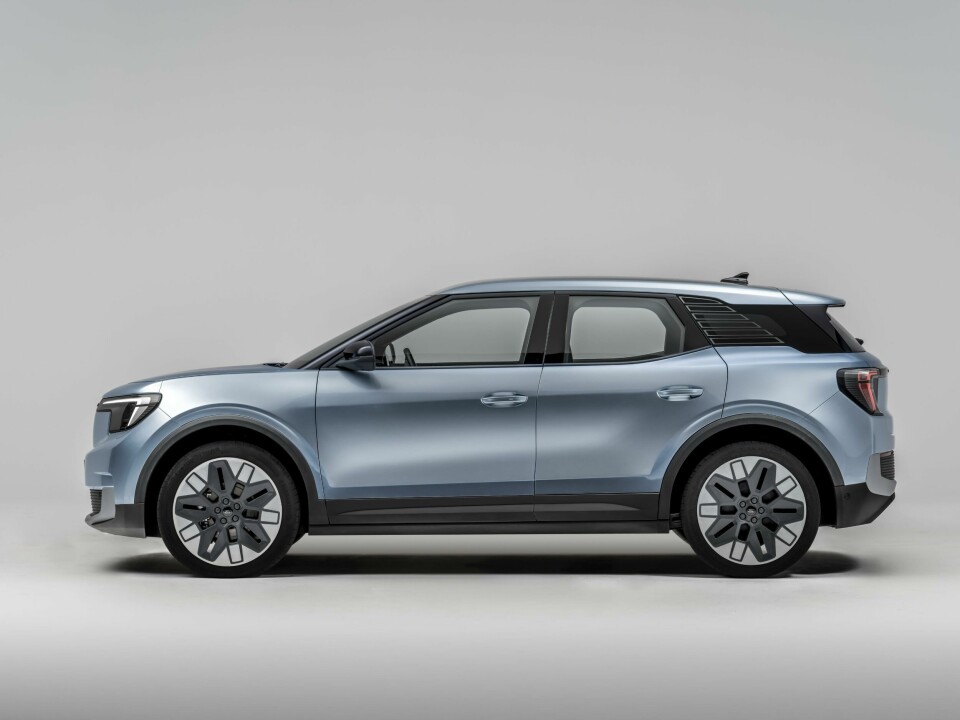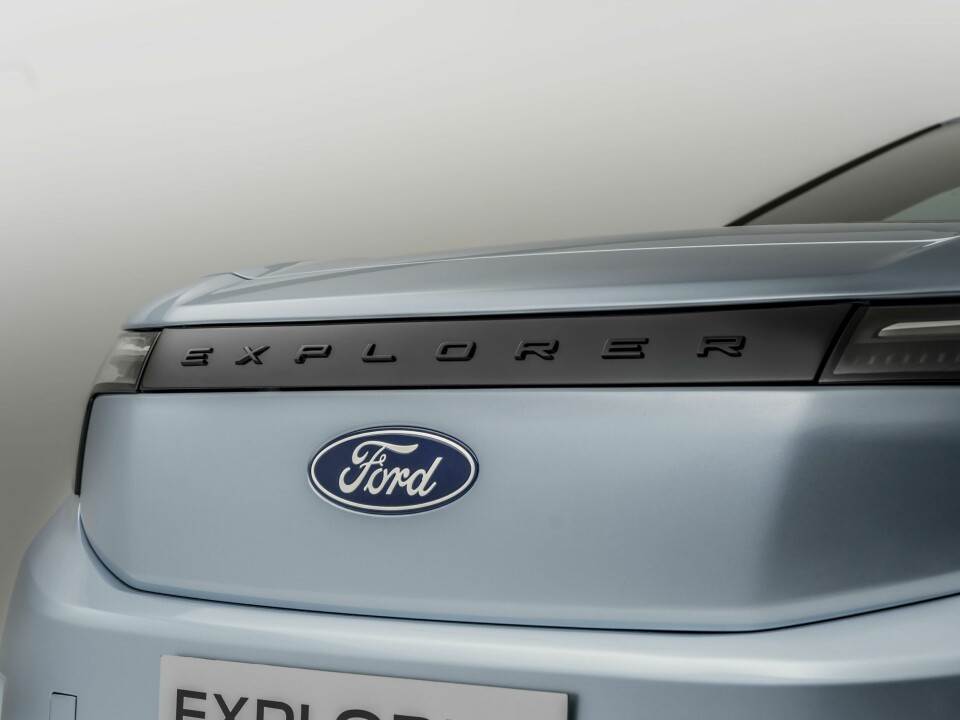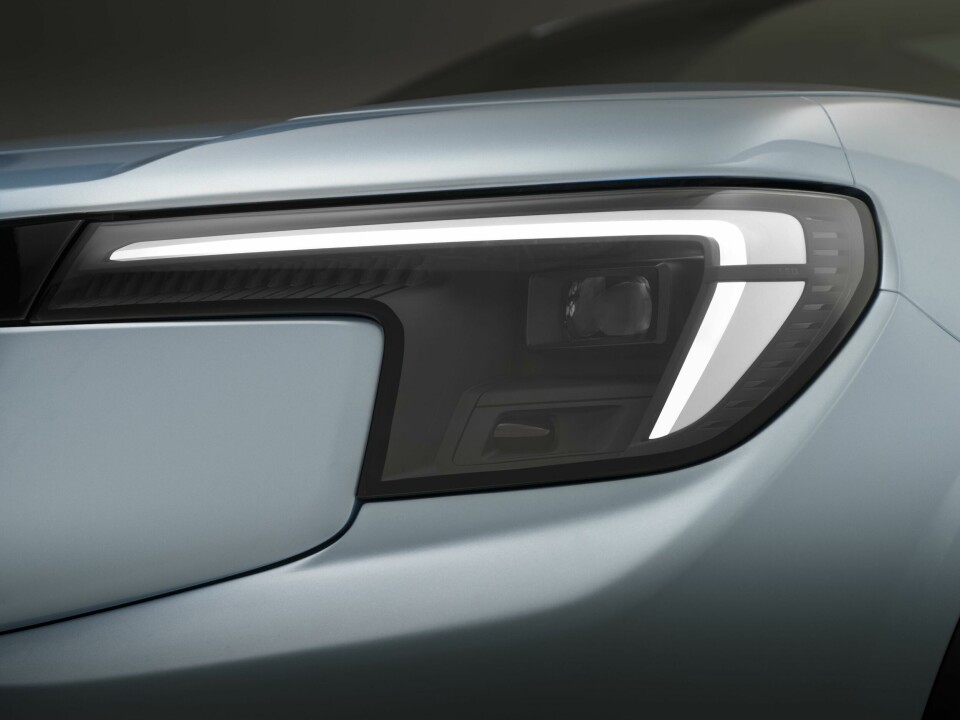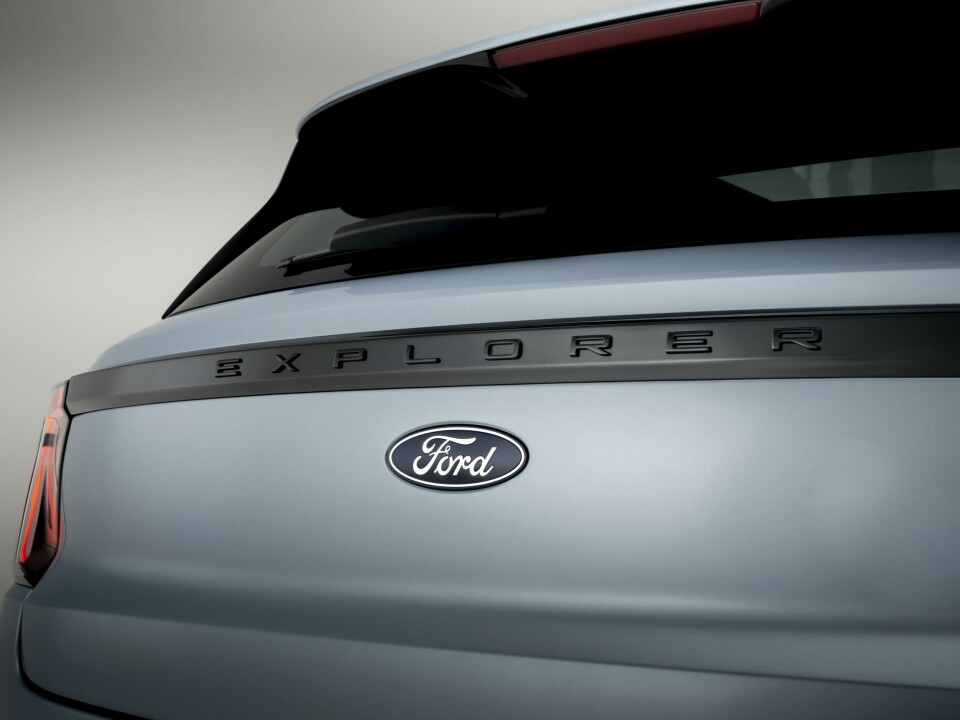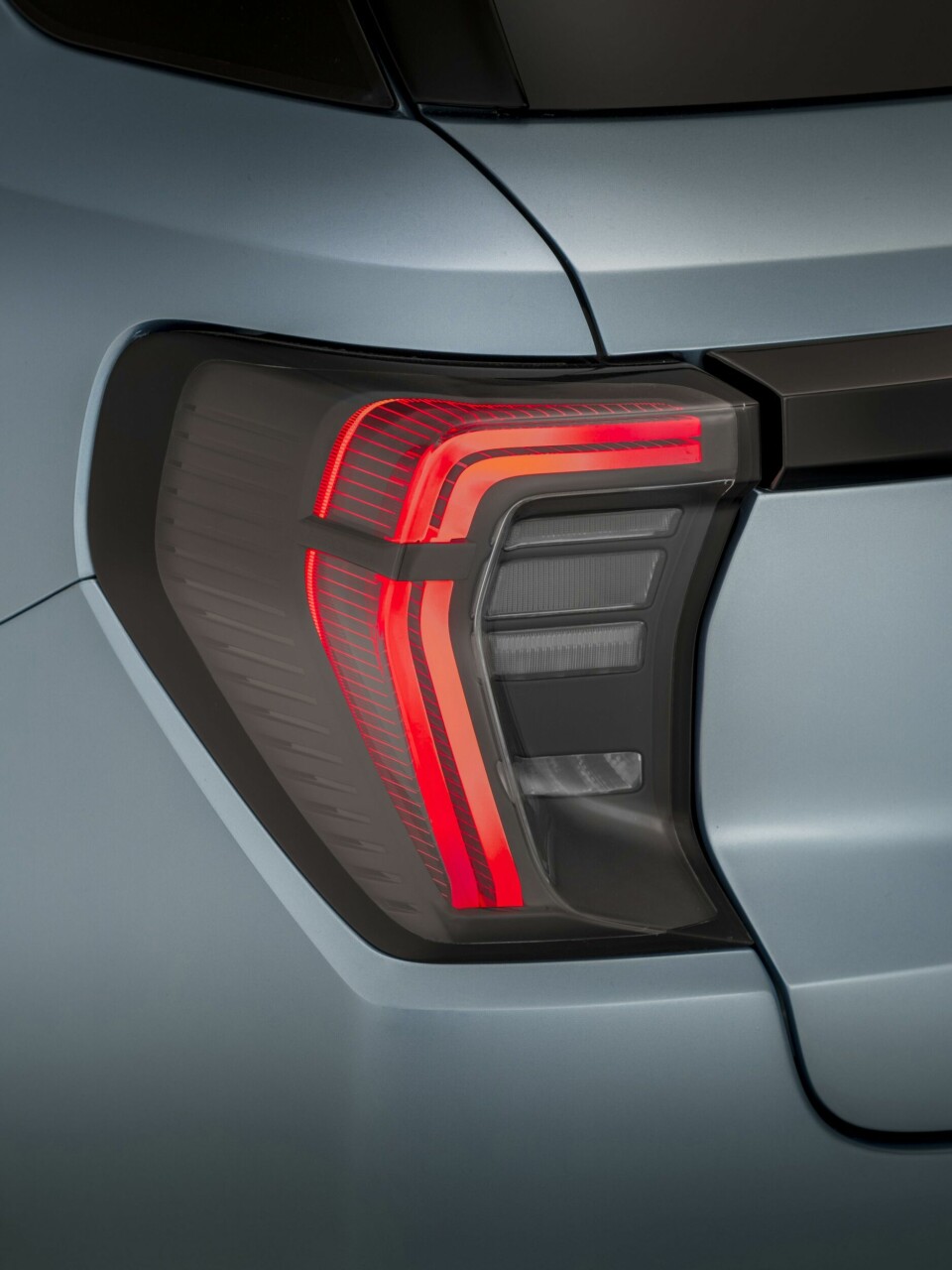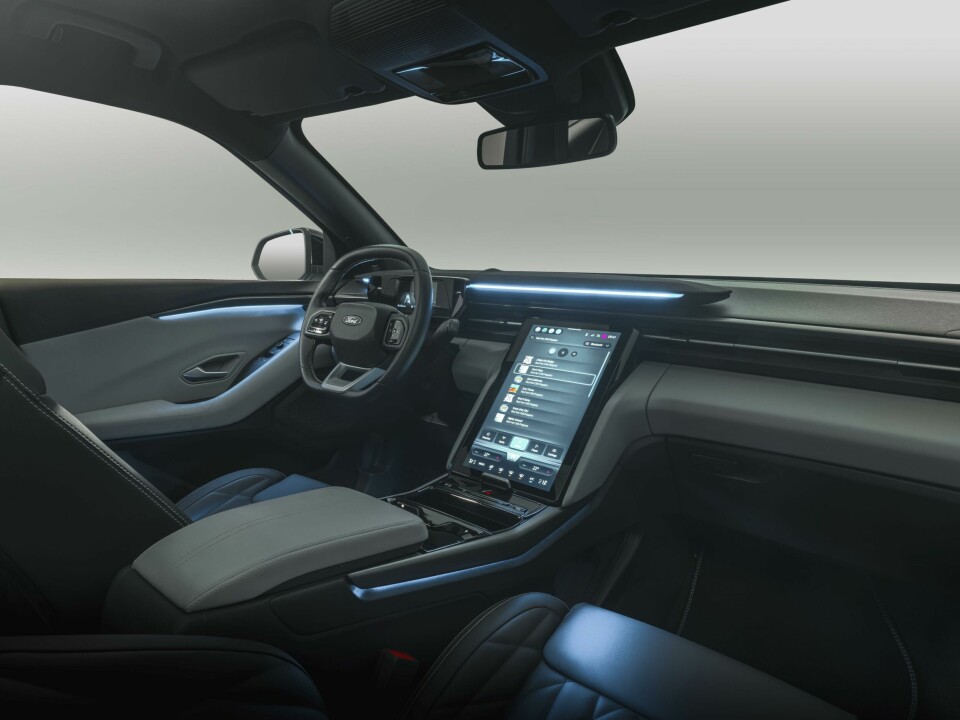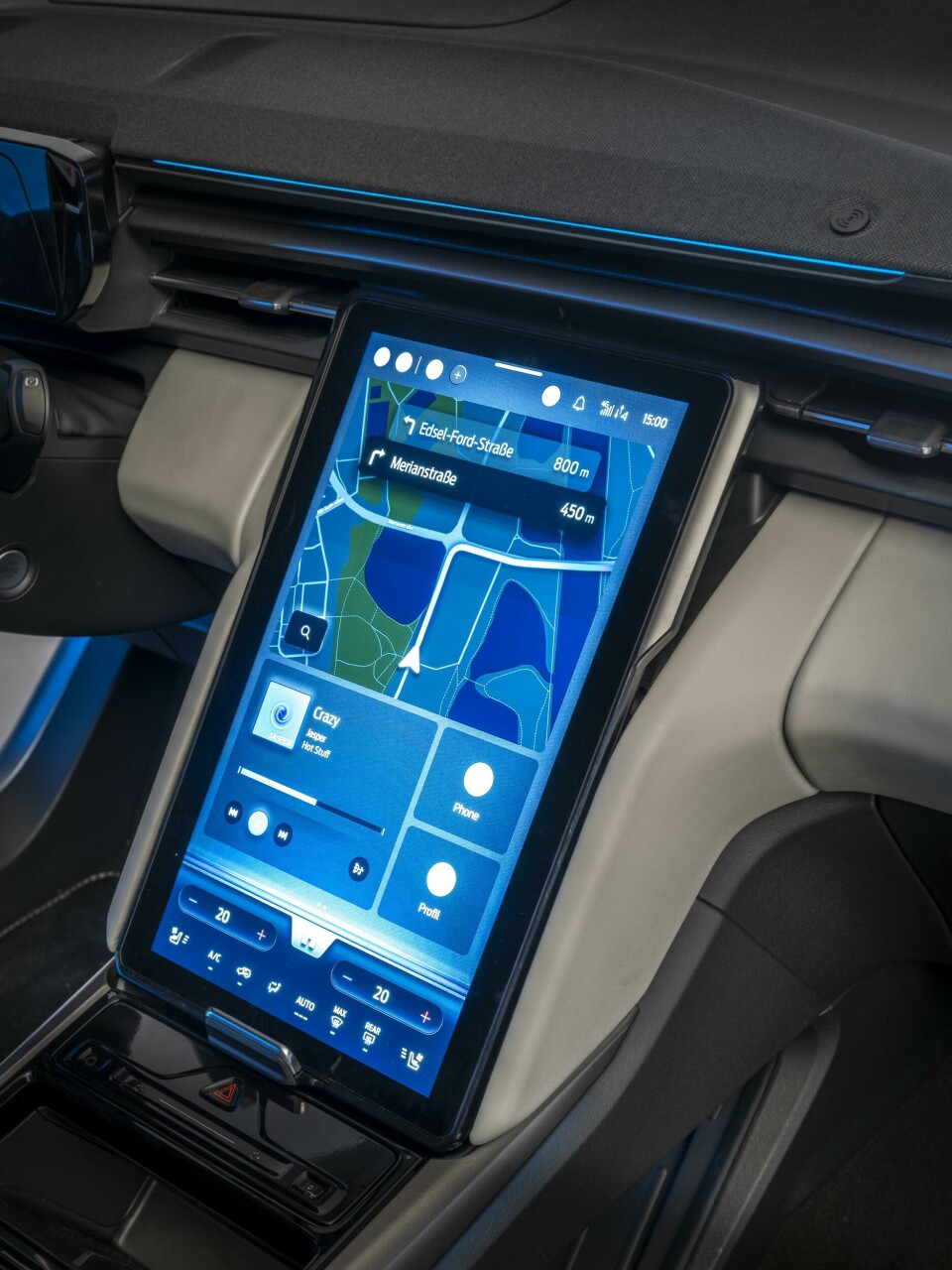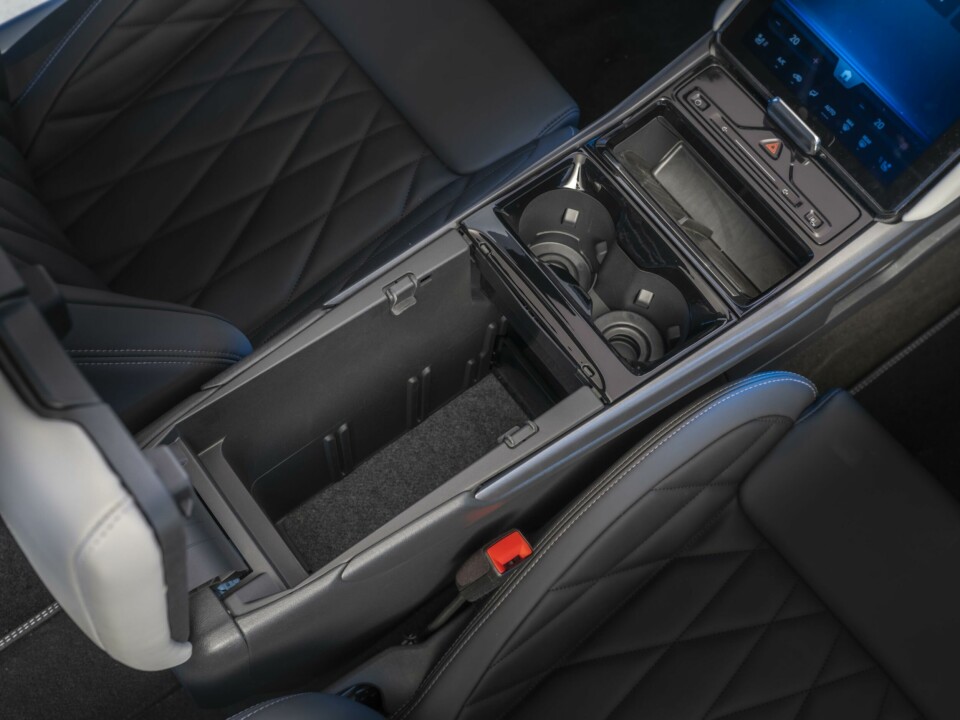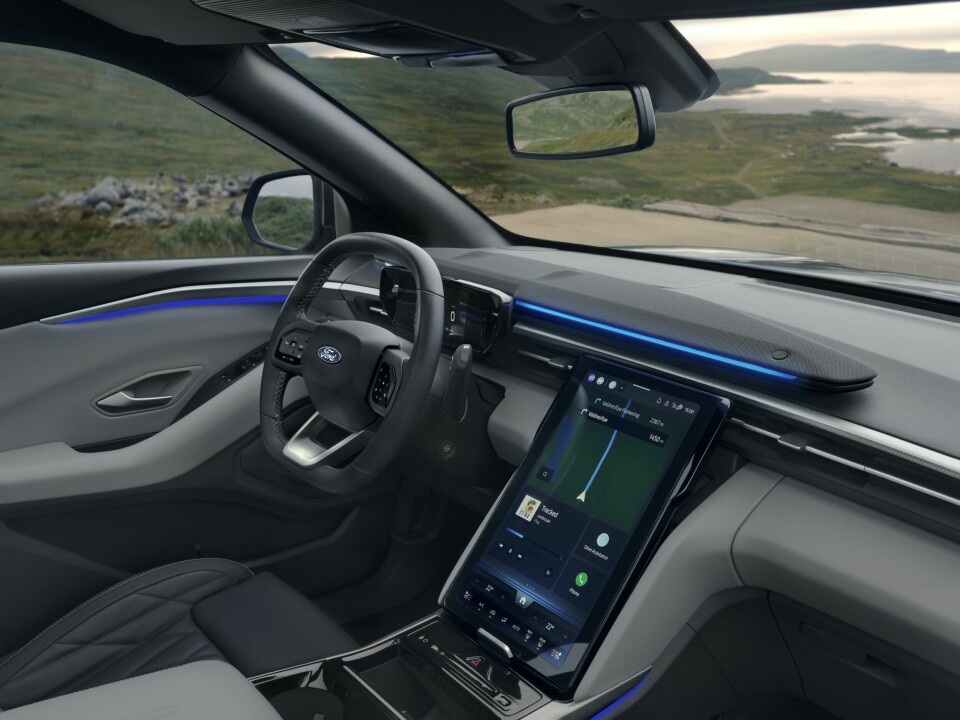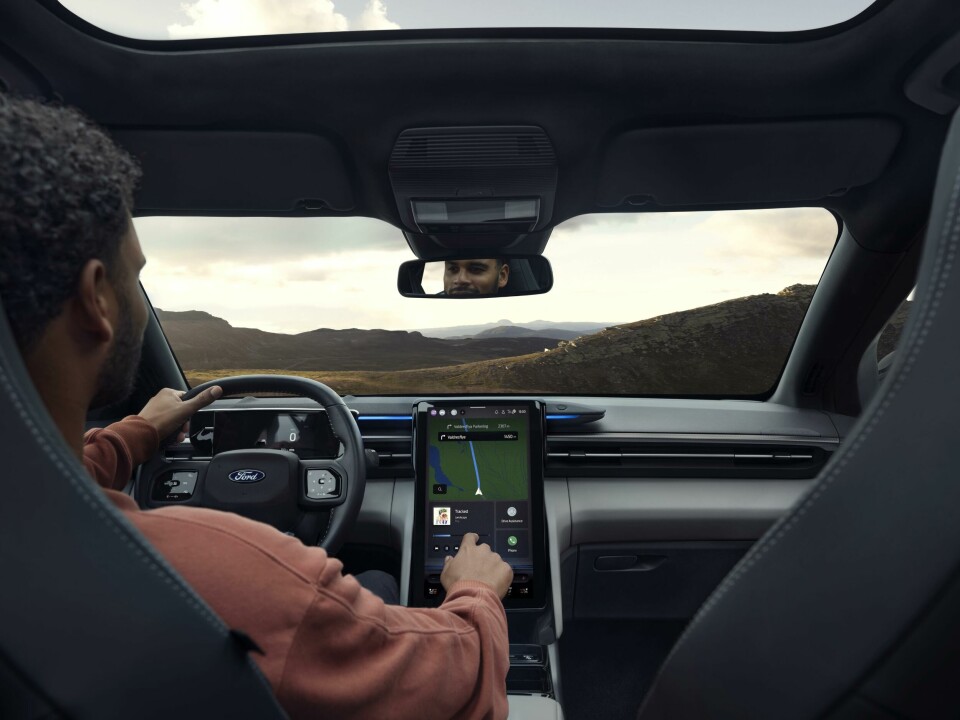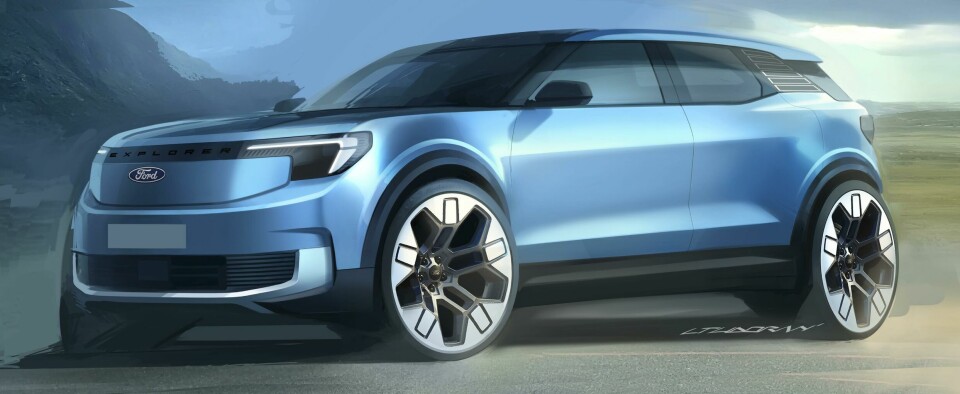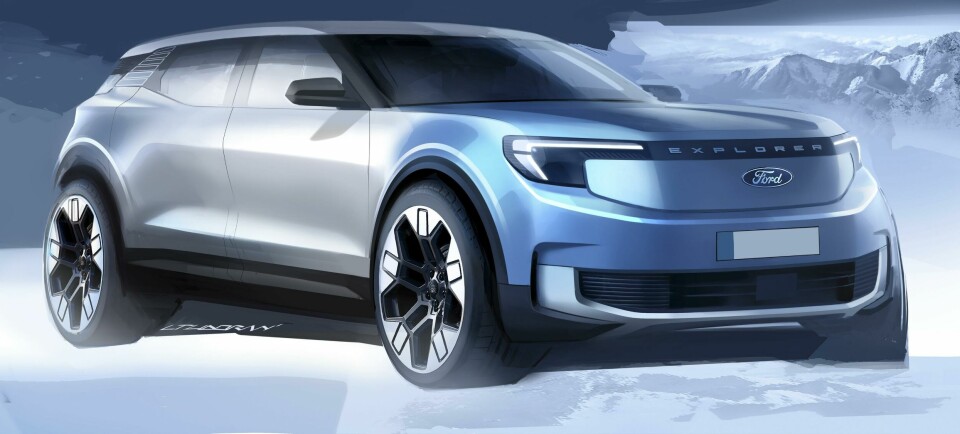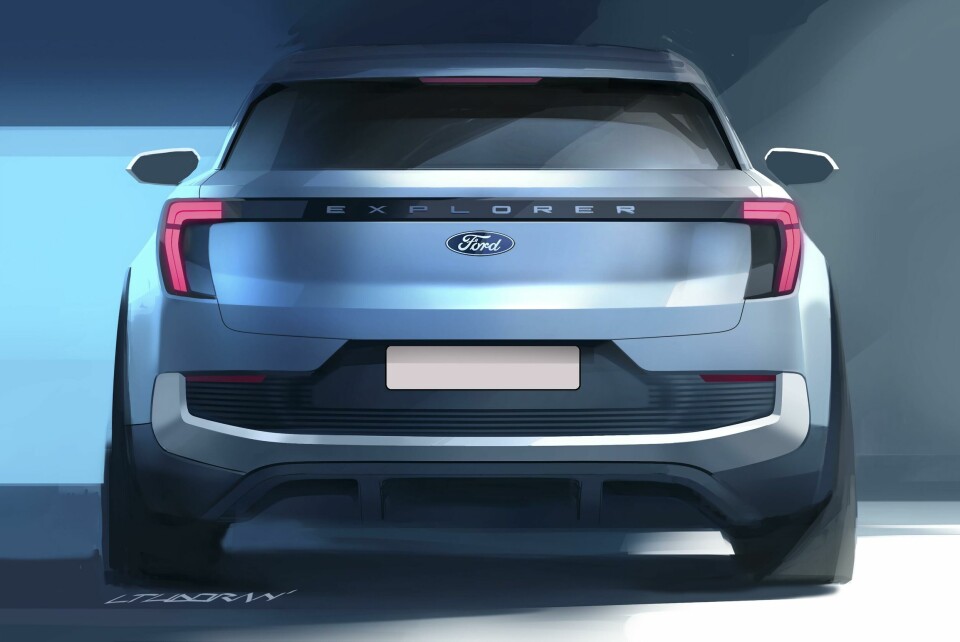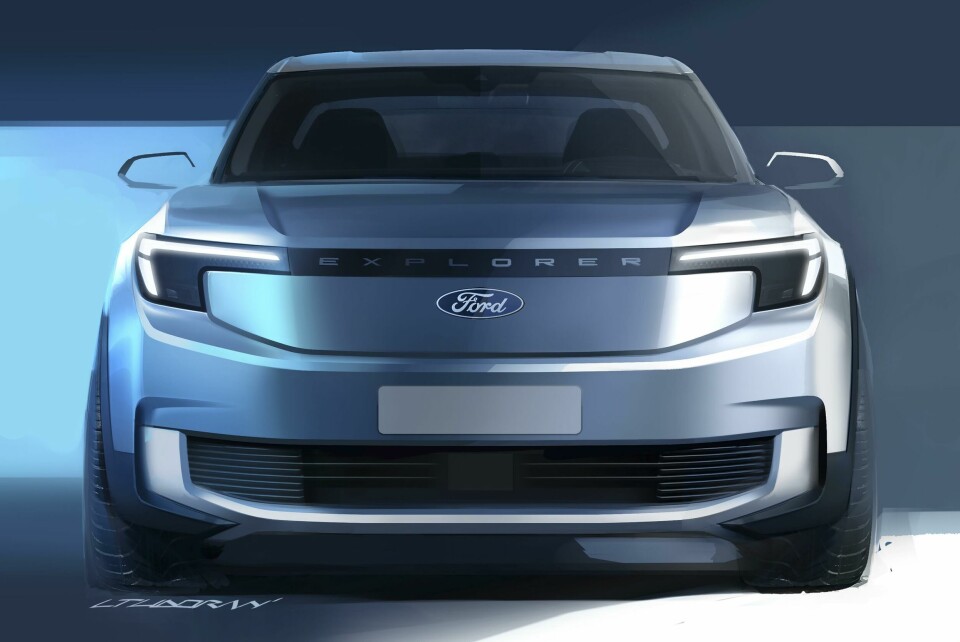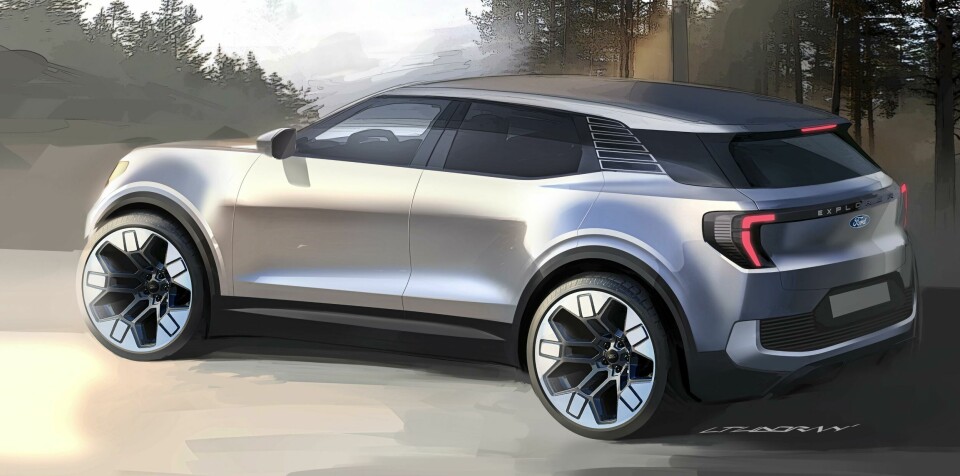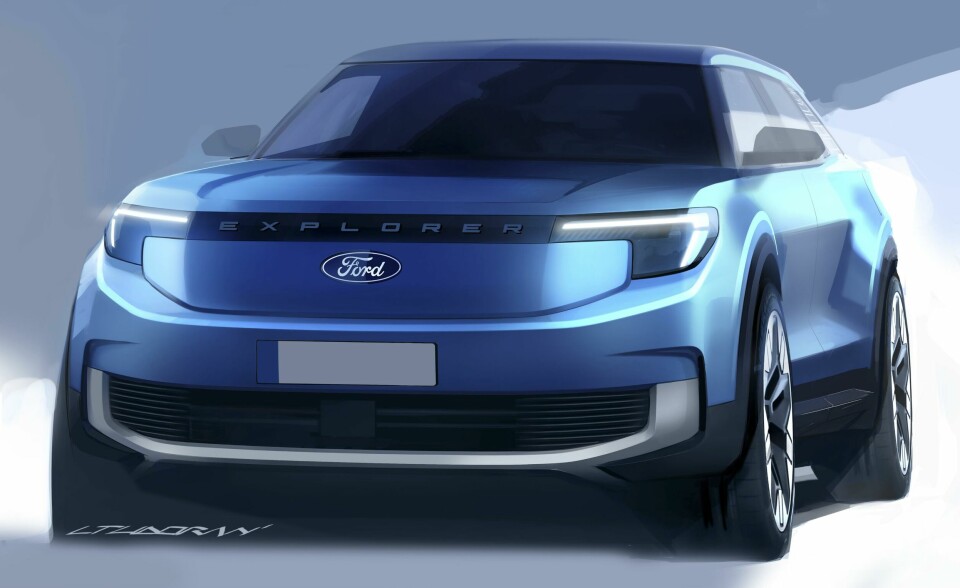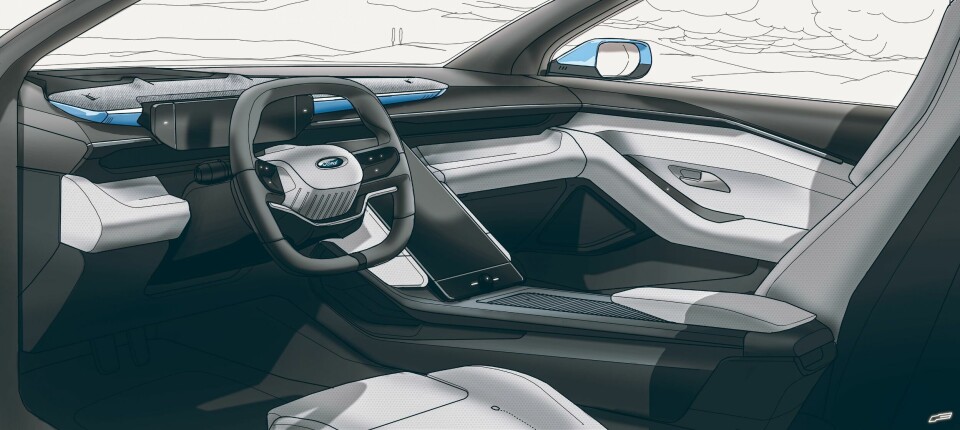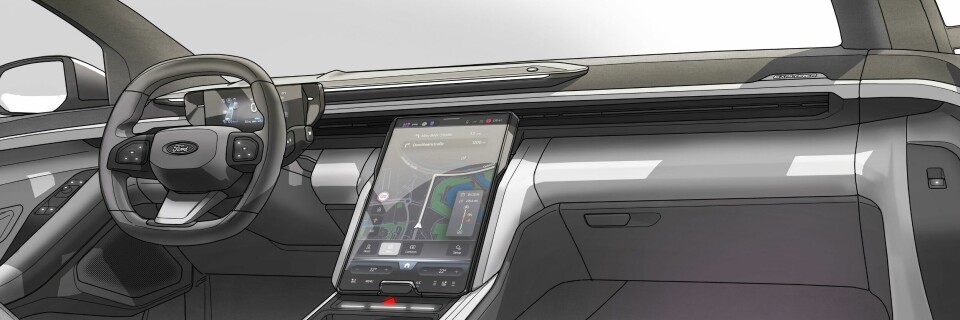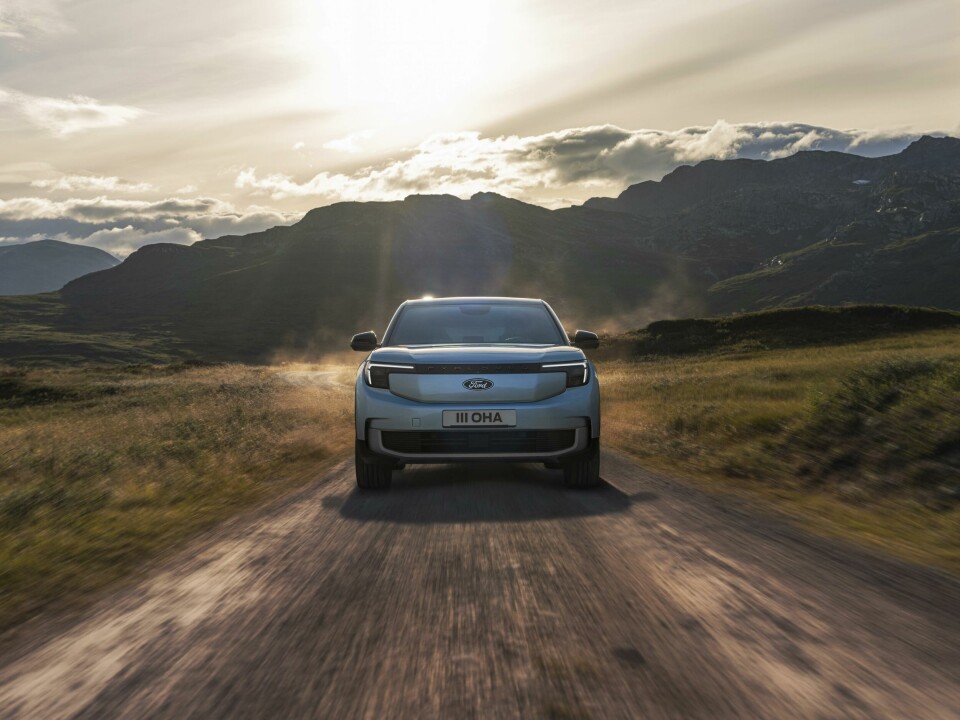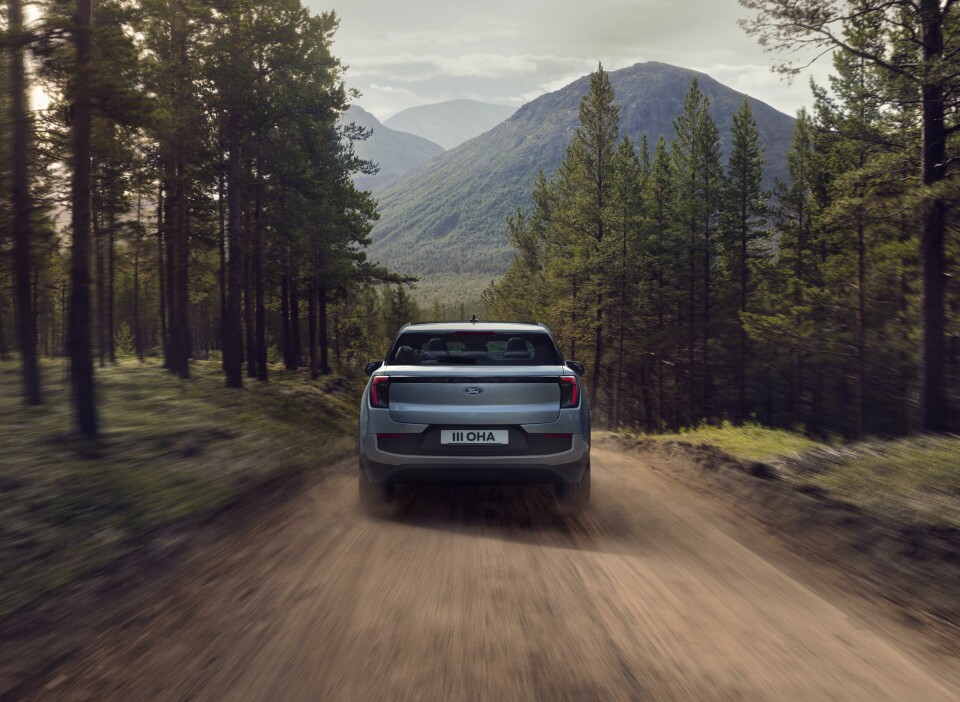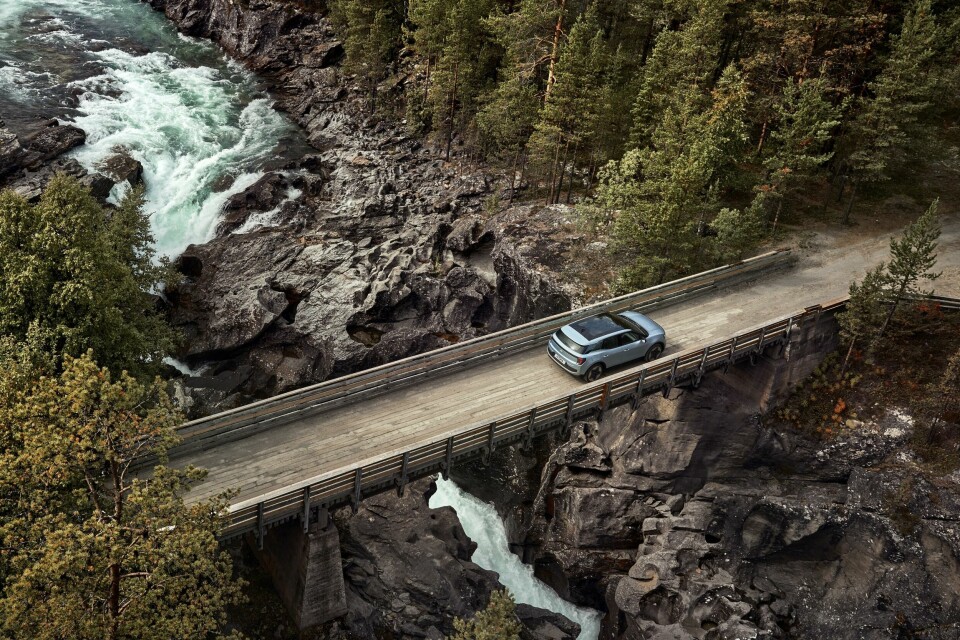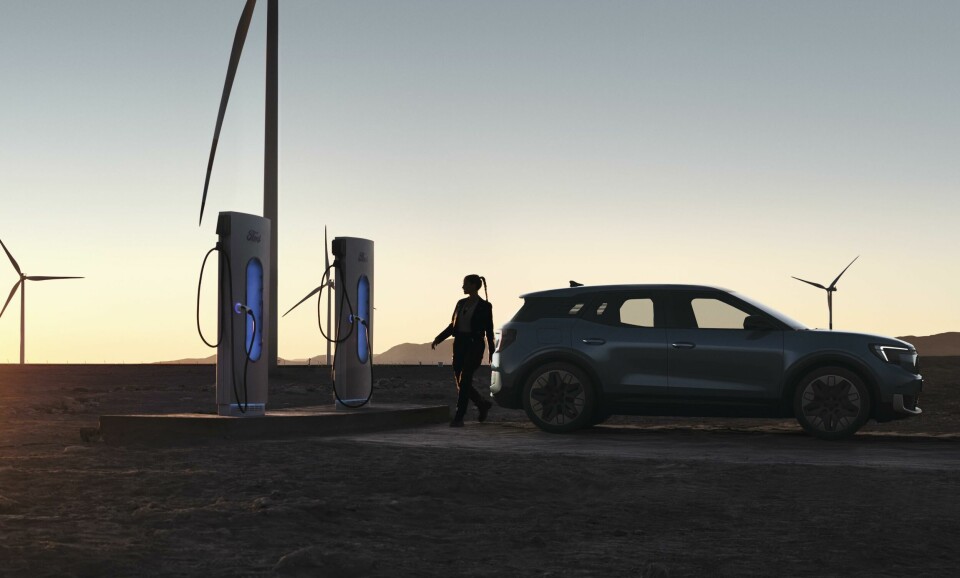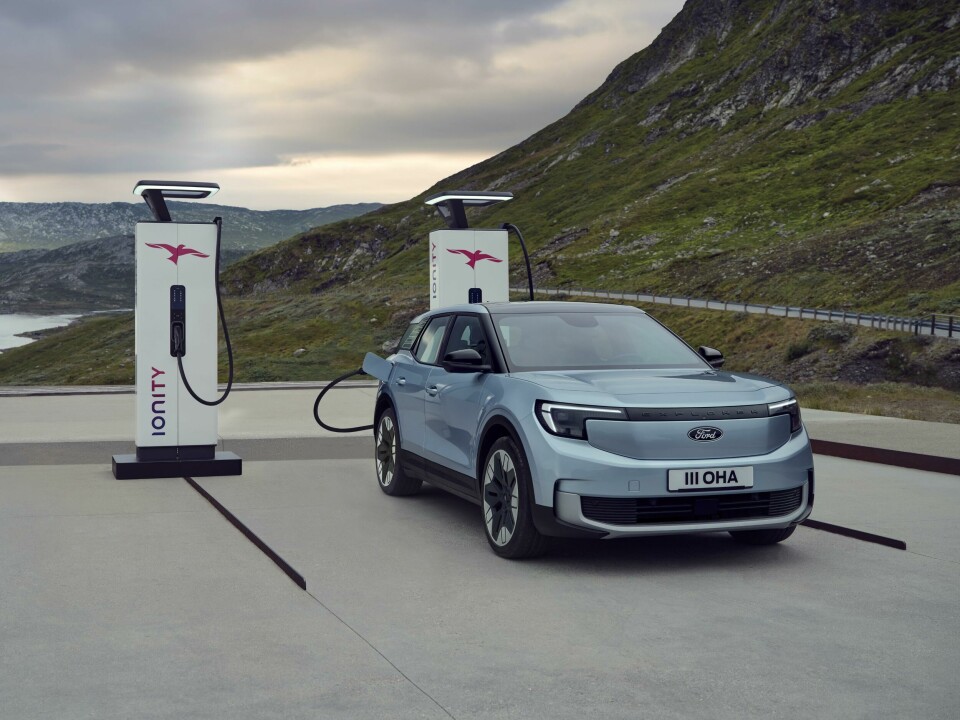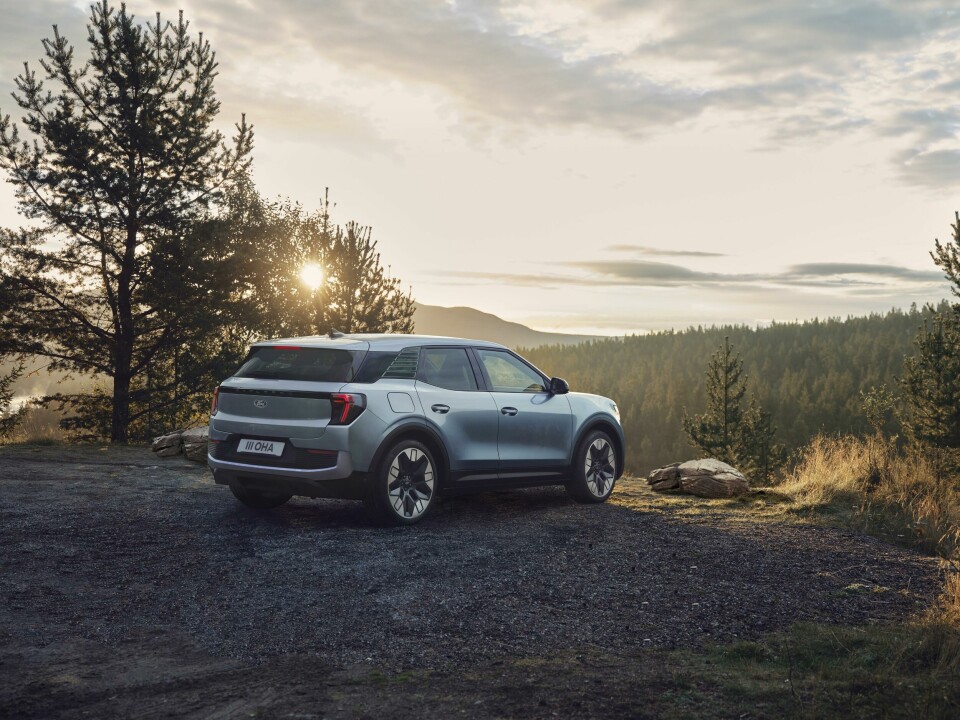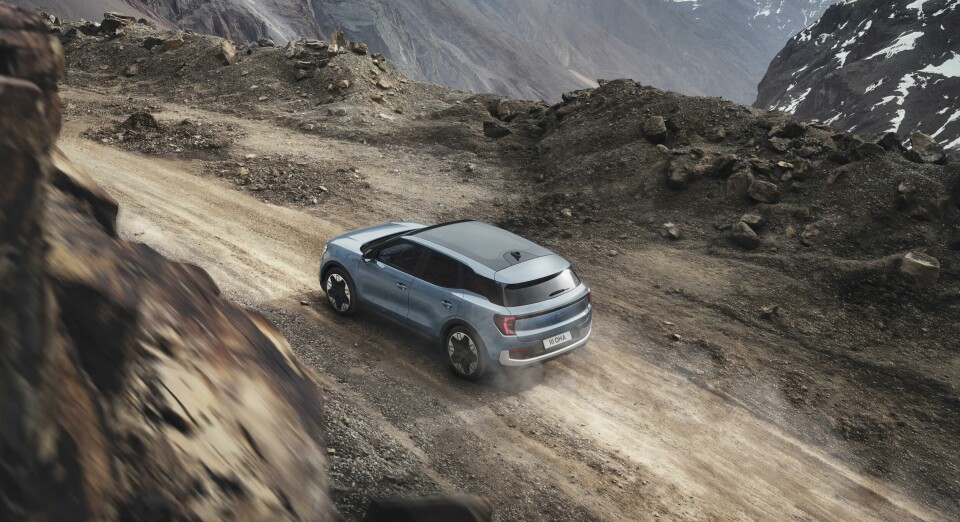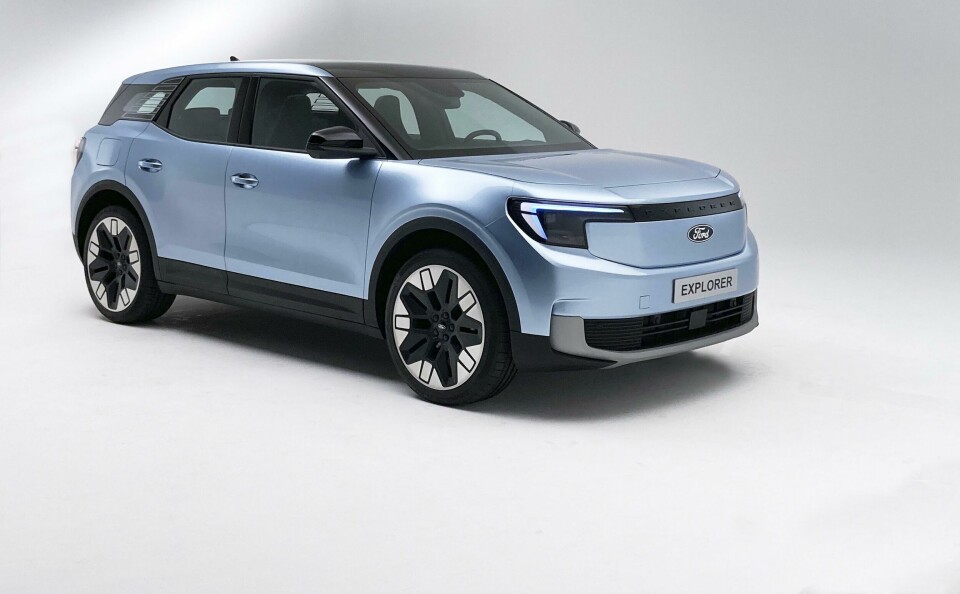
First sight: Ford’s new electric Explorer
Ford has revealed a new mid-size electric crossover as part of a broader company-wide design shift to embrace its US roots. As it happens, Car Design News was invited for a private walkaround in February ahead of the official launch on 21 March
Ford is taking a familiar nameplate electric as part of a wider design “reset” that began around five years ago. The new Explorer, a fully electric mid-size crossover, will sit between the Puma and Mustang Mach-E in its new-look portfolio and in some ways is the spiritual successor to the Focus, which is being phased out. There is more to the Ford story, which we will get to later on, but first: the car.
On paper this new model is very much in keeping with contemporary trends, but a typical battery-powered crossover this is not. Lifting the covers off in the studio, it is immediately apparent that the team wanted more conventional SUV proportions, with a proud, up-right front grille, high shoulder line and squared-off rear-end.
A subtle roof spoiler gives a ‘fastback’ flavour to the silhouette, as do the contrasting lower body finishes on the side skirts and diffusers, along with the black door pillars. The surfacing is clean but (highlighted by some excellent studio lighting) the shoulder line and gently flared arches really stand out – it is a muscly looking thing.
Careful attention was paid to the exterior lighting, with the design team keen to avoid anything that might be confused with its competitors. There is no full-width light bar as has become popular with many brands, and instead a distinctive pair of headlights that dominate the upper mask. These are joined by an anthracite panel in the centre that carries bold “EXPLORER” branding.
Below this sits a new Ford badge, redesigned to stand out and occupy the only “smoothed” area of the front grille. Yet again, it shirks current EV trends and has avoided an overly polished front end, with a wide air intake and protruding front bumper as part of the ‘shield’ design. Car exteriors are often personified, and it would be easy to describe this as square-jawed.
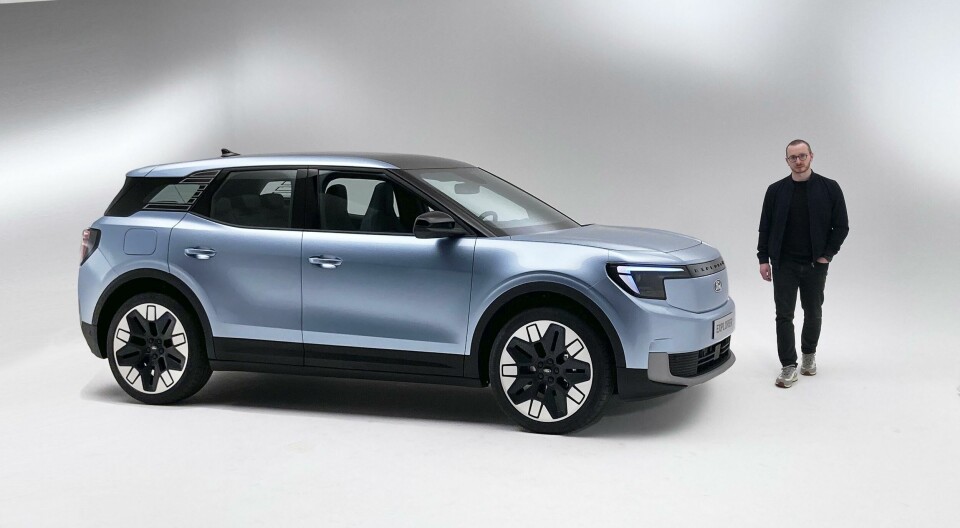
“Ford is rebellious. We’re here to stand out from the crowd,” says Ford of Europe design director Amko Leenarts during a walkaround of the car in Dusseldorf back in February. He describes the car as “sleek, modern and with a capable stance,” and despite its upright front end assures us that it was certainly designed to be aero-efficient; beyond a certain point, he says, there is no added benefit from an overly smooth exterior.
Pressed to define the overall design aesthetic, Leenarts opts for “reductionist.” Less is certainly more in this case, as it has resulted in a handsome package that is both imposing and approachable.
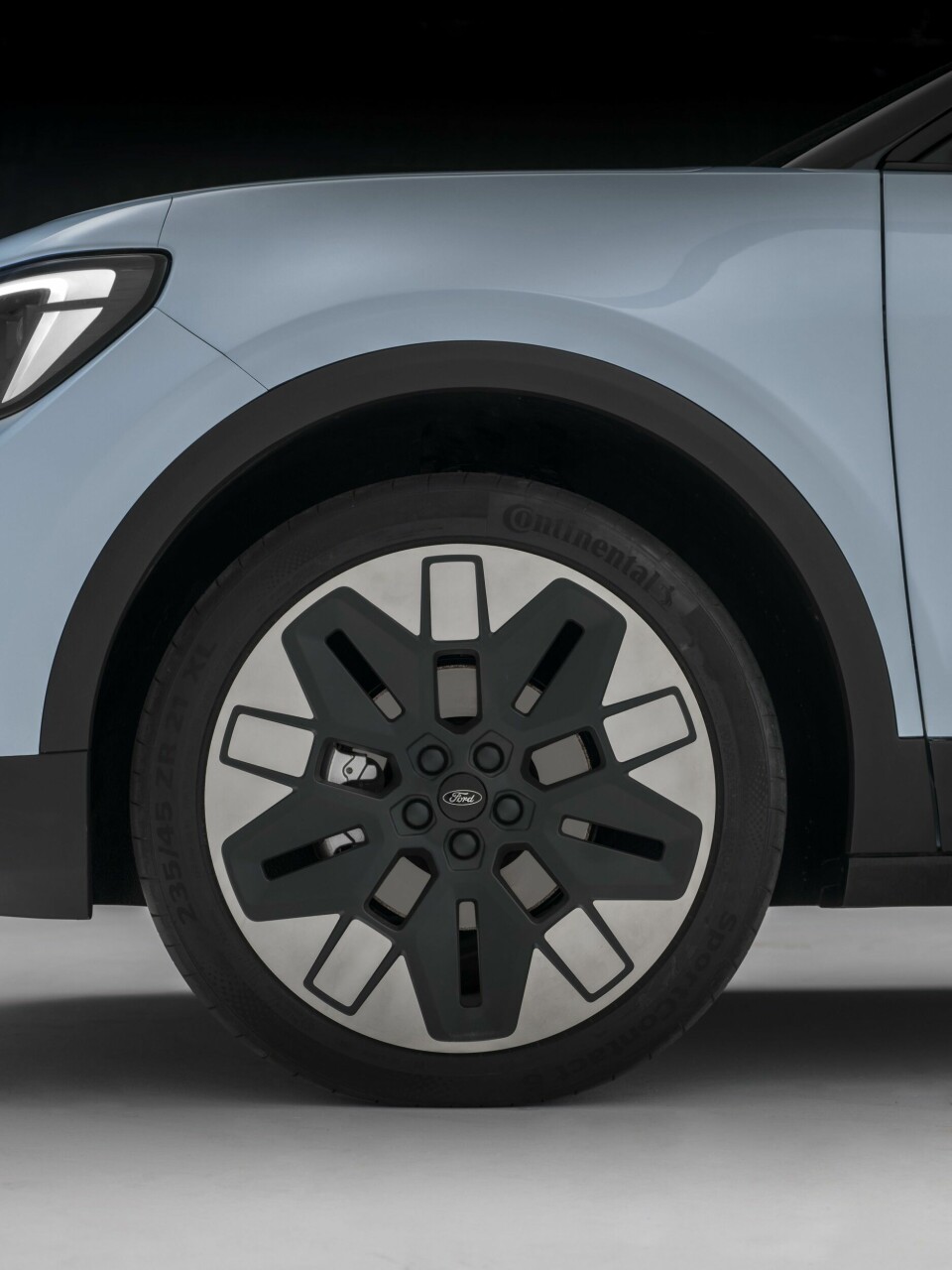
Drawing our attention to the wheels, he explains that this was something the team was at pains to get right. It would have been easy to opt for a flush ‘dinner plate’ hub-cap in line with expectations for aero, but there is instead an attractive five-spoke design created by alternating black and silver segments. And when viewed from the side, there is a fair amount of dish going on (this is one of Leenarts’ favourite parts of the overall design.)
It’s about finding ways to make that extra space useful
Inside, and there is a pragmatic five-seat two-row layout that hides some clever design touches. Werner Jakobs, Ford’s European manager of passenger car cockpits, explains that the shift to EV created plenty of space for the team to work with and it was about unlocking that without impeding the overall ergonomics. “At some level, the position of things like the seat, steering wheel, armrest and centre console is already as optimised as it can be,” he told CDN from the driver’s seat of the new Explorer. “It wasn’t about repositioning things, and more about finding ways to make that extra space useful.”
The 17-litre storage bin below the armrest, for example, is frankly cavernous and can comfortably hold a laptop. We are told that different 3D-printed inserts will be available to suit a wide range of use cases, potentially also offered as downloads to those with their own 3D printer at home.
The main 15-inch display on the dash is almost identical to that of the Mustang Mach E, but it has a party trick: by pulling a tab underneath, the screen can tilt forwards and backwards either to avoid unwanted reflections from the sun or to reveal a hidden storage compartment, described by Jakobs as the driver’s “personal locker.” We are told that extensive durability testing has been carried out to ensure this mechanism doesn’t break.
There is no head-up display for now, with the opening of the steering wheel allowing a clear line of sight to the instrument cluster behind. The seats are plush and comfortable despite efforts to keep mass to a minimum.
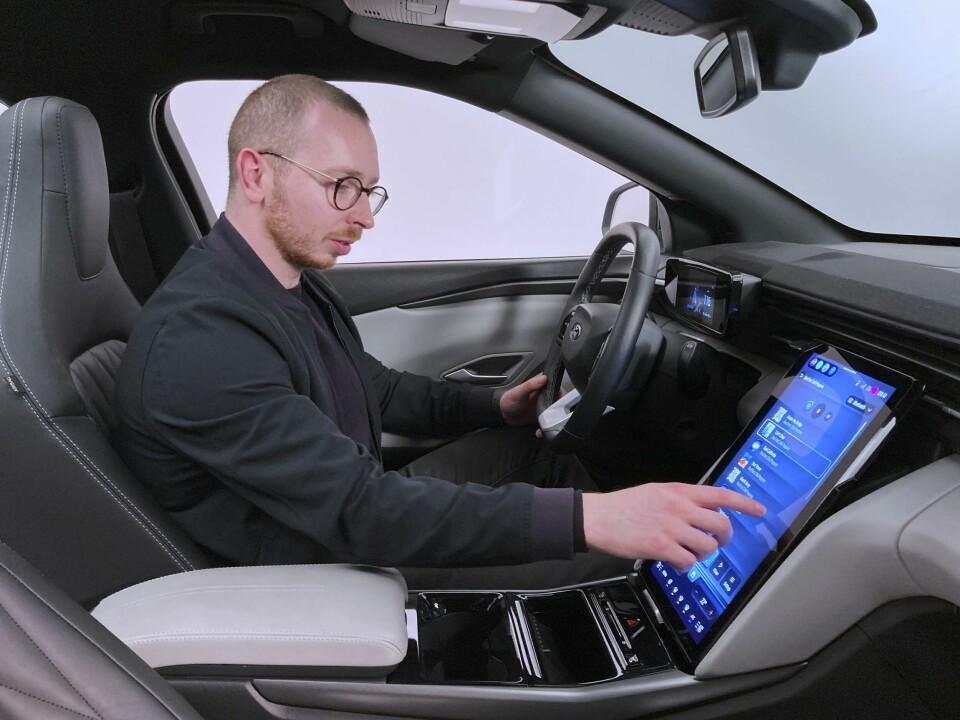
There may be no light bar on the exterior, but there is a prominent one mounted on the dash inside. The plan is for this to become a signature of Ford interiors, says Leenarts, and was inspired partly by trends in the consumer electronics space where smart devices are wrapped in textile to blend in with the rest of the interior.
There have been plenty of question marks about the direction of Ford, and particularly in Europe where household names like the Mondeo, Fiesta and Focus are on their way out. But the new Explorer in mid-size crossover form is the first example of how the carmaker is reinventing itself.
There was a time where we were trying to blend in, but we want to recognise our DNA and stand out from the crowd
Senior management embarked on a soul-searching mission around 2017 and 2018 as there was a feeling among top brass that the brand had lost its way a little bit. Design-led consumer research appeared to suggest this was the case, with many involved in these European workshops holding the opinion that Ford was falling behind its competitors.
At best, it was seen as a little vanilla. At worst, uninspired and boring. “That feedback hurt us,” recalls Leenarts, “and we had to really think about what this meant for us moving forward.” Another catalyst was a simple glance at Ford’s line-up of models at the time. “We basically had 12 grey cars,” Leenarts recalls, “and we knew that we really need to do something.”
Questions such as “who are we”, ”what do we want to be known for” and “were we too shy” ultimately led the team to embrace its roots as a forward-thinking American car company. Ford brought us iconic models like the F-150, the Bronco, the Mustang and the GT40, and these models helped to shape the new design story moving forward: be rebellious, innovative and ultimately making cars that excite – be it off road, in the city or on winding back roads.
We’re the only American carmaker in Europe and we should be proud of that
All this underpins the new nameplate strategy of ’Adventurous Spirit’ according to Leenarts. “If you look at our portoflio there are two extreme bookends: road and off-road,” he says. “I like to think of it is driving from the bottom of the mountain right up to the summit.”
“We’re the only American carmaker in Europe and we should be proud of that,” says Leenarts. “We have a track record of cutting-edge designs. There was a time where we were trying to blend in, but we want to recognise our DNA and stand out from the crowd.” The new Explorer has even been photographed with tyres that feature ‘Indy 500’ branding on the sidewalls – “Can you get any more American,” laughs Leenarts – although we assume this will not make it to production.
The new Explorer will be available with both rear-wheel drive and all-wheel drive variants and is expected to retail at less than €45,000 when order books open at the end of 2023. It will be the first model to be built at Ford’s new EV Centre in Cologne, Germany, as part of a wider commitment to offer an all-electric portfolio of passenger cars by 2030. And there is more exciting news to come on that front; CDN cannot yet reveal the full tour and wider discussions with the design team, but watch this space as there are some unexpected moves in the works.
